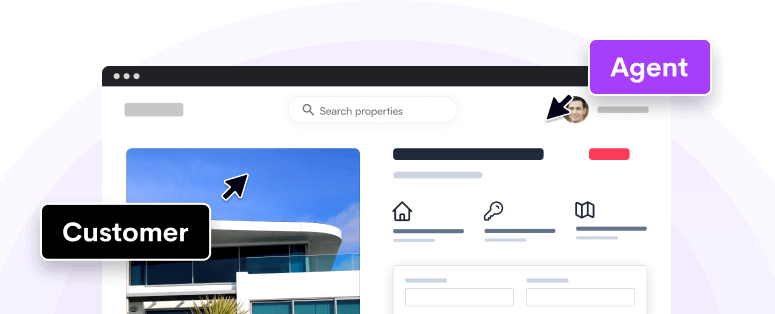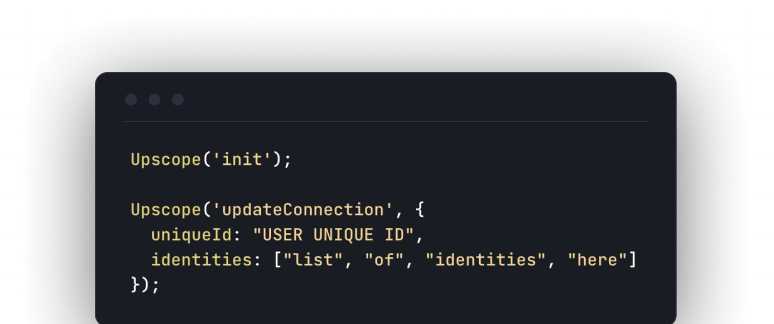What Are Support Tickets?
Support tickets are requests for assistance submitted by users or customers to a support team or customer service department.
Why Is Reducing the Volume of Support Tickets Important?
Reducing the volume of support tickets is about operational efficiency, creating a positive customer experience, gaining the time to improve product or service quality, and strengthening long-term customer satisfaction and loyalty.
When you can’t provide your customers with the support they need, they become frustrated and look for other products or services that can better serve them. However, when you have control of your support ticket volume, you can:
Optimize your support resources, reducing operational costs associated with addressing numerous tickets.
Shift your focus to identifying and addressing potential problems before they escalate.
Allocate resources to strategic initiatives, innovation, and customer-focused activities rather than being overwhelmed by day-to-day troubleshooting.
Respond more quickly to individual queries leading to improved customer satisfaction.
Improve your brand image, signalling to customers that your company is proactive, reliable, and committed to delivering a high-quality experience.
Below are 3 companies who reduced their support ticket volume.
1. DataCamp reduced support ticket volume by 66% by dealing with the elephant in the room
DataCamp reduced support ticket volume significantly by understanding their system, prioritizing key areas, upgrading their technology, and empowering both customers and staff.
The situation:
To deal with the large number of tickets DataCamp was receiving, Robert immersed himself in DataCamp’s day-to-day, answering tickets, reviewing data, and understanding the technology and team.
He kept asking himself “How can I see the most immediate results (i.e. reduction in support ticket volume) with the least amount of effort?”.
Prioritizing pain points:
Robert focused on areas that could yield immediate results with minimal effort, especially improving internal and external documentation.
The elephant in the room:
DataCamp was using the ticketing system Groove but it lacked a lot of the best-in-class tech they needed. Switching systems is hard so this was the elephant in the room. Robert said, “My goal was to switch systems roughly 30 days after my start date to avoid having to pay for an auto-renewed Groove account and a new Zendesk account at the same time.”
They completed the move from Groove to Zendesk and got better support capabilities like advanced reporting, API integrations, and multi-channel support.
Empowering customers and staff:
DataCamp increased documentation 10x and implemented Answer Bot for better self-service. Recognizing the value of their skilled, passionate employees was key.
Here’s a link to the original full article on reducing support ticket volume.
2. Buffer reduced support tickets by 26% by giving their help centre page a new look
Unlike DataCamp’s experience, Buffer’s ZenDesk Answer Bot failed to help reduce support ticket volume. So they looked to Lotus Themes for a help centre redesign that would help them to achieve their mission.
The situation:
Buffer’s Answer Bot failed to reduce support ticket volume because it could not estimate the customer’s question accurately enough to provide them with only relevant information. Buffer’s help center team began looking for a solution to refine the customer recommendations.
The redesign that offered a 26% reduction in support tickets:
The team decided that hard-coding their ticket forms might be the solution they needed. Every topic should offer a list of accurate help center articles when customers start filling out the form. With this in mind, Buffer conducted some custom development with Lotus Themes.
Buffer's redesigned ticket form contains dropdown menus with a choice of request categories and a list of relevant topics. When customers choose a topic, a pop-up with articles appears. It offers valuable materials for the users and removes the need to create and send a ticket to the support team. The full article can be opened directly from the pop-up with just one click.
Why it matters:
The substantial reduction of support tickets liberated the human resources required and cut the support team’s workload by 26% giving them time to better serve their customers.
Here’s a link to the full article.
3. Hedley & Bennett reduced support requests by automating their product return workflows
Hedley & Bennett, an apparel company for Chefs, automated their product return workflows to deliver an empowering customer experience that reduces support requests and increases retained revenue.
The situation:
Hedley & Bennett prides themselves on providing a superior customer experience and responding quickly to questions to help shoppers find the right products for their needs. However, the burden of walking their customers through basic data entry around return support ticket requests was taking valuable time and attention away from customers who had genuine questions that required customer experience (CX) expertise to solve.
Automated workflows for the win:
Hedley & Bennett looked to Loop’s automation feature, Workflows, to set up a seamless self-service customer portal, where shoppers could manage their returns independently without engaging a CX agent for support.
By automating their product return workflows, shoppers can set up returns on eligible items instantly, without waiting in customer support queues for help. The returns process can be easily automated, with customized conditions for return or exchange based on the item category. Shoppers can instantly receive their refund or store credit, and ship back their product with a printable return mailing label or by taking the product to a nearby drop-off location.
The outcome:
Taking the returns process off of the CX team’s plate reduces their support ticket volume for tasks that can be easily handled through automation – enhancing response times and service quality for shoppers who have questions that still require hands-on support.
Here’s a link to the full article on how Hedley & Bennett reduced their support ticket volume.
Key Lessons Learned
There is a plethora of software out there that can help you reduce support ticket volume.
It’s 2024 - automate where possible to save your support team time to focus on other things.
Data always matters.
Software that works for one organization, may not be the right fit for another.
The Race to Reduce Support Ticket Volume
As customer expectations rise, effectively managing support tickets is a necessity. It's not just about efficiency; it's about using automation to create easy and positive customer support experiences. This decade, it's all about using tools that support your support team in supporting your customers.






